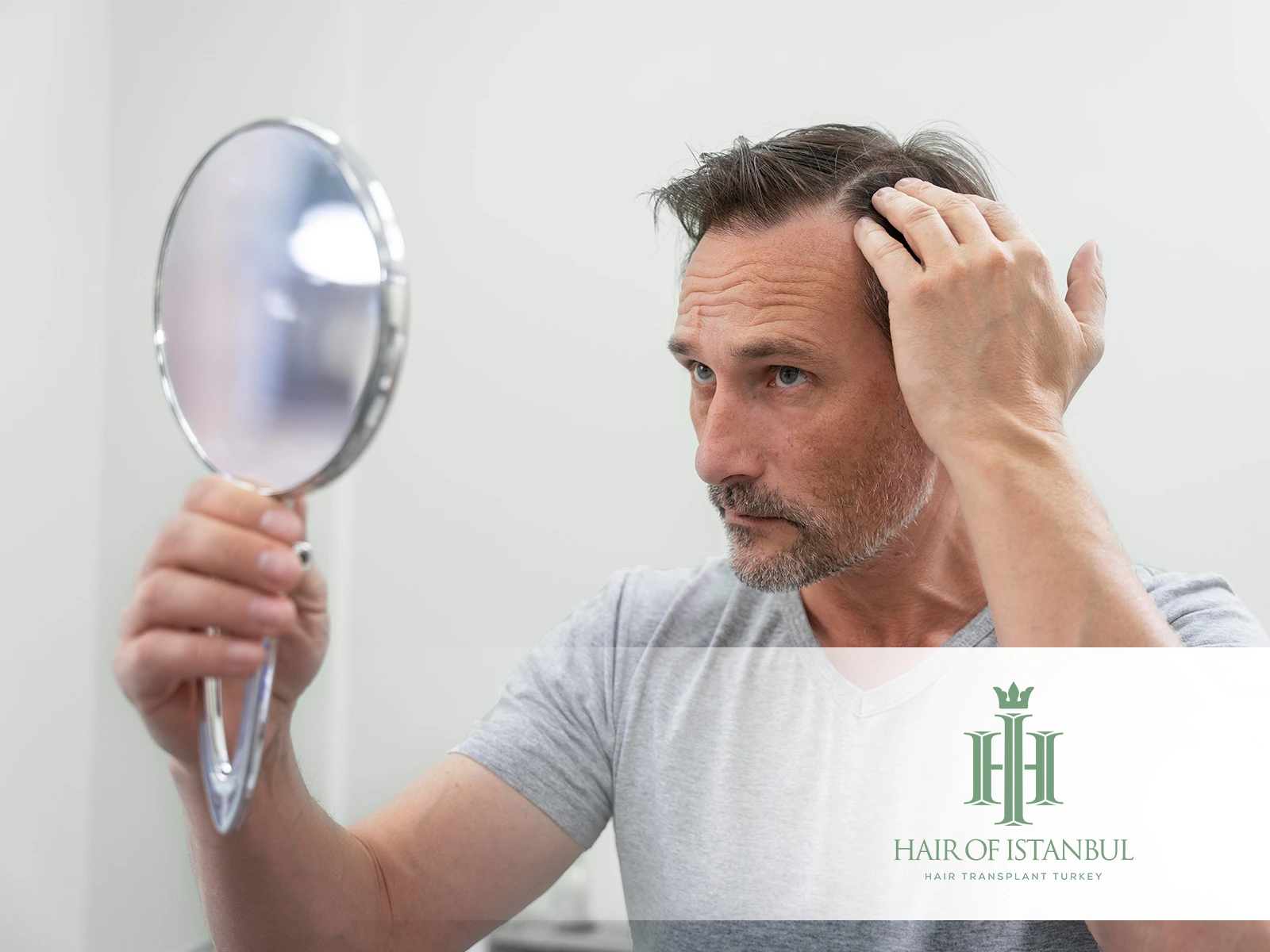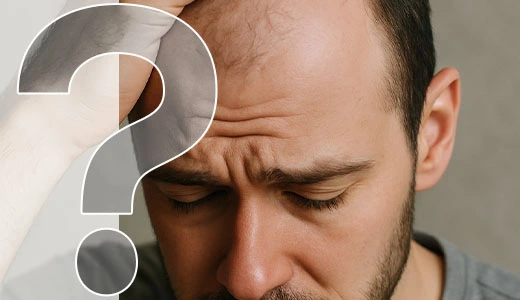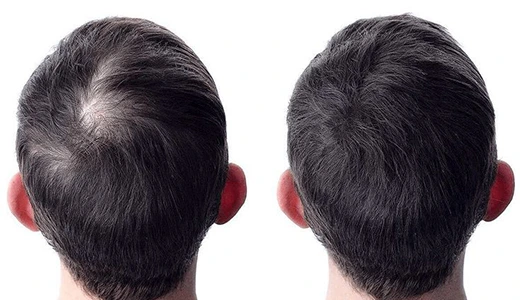
Hair Transplant Healing Time: What to Expect After the Procedure
A successful hair restoration doesn’t end with the surgery—it continues throughout the healing process. Understanding the hair transplant healing time helps set realistic expectations and ensures that patients follow proper aftercare protocols to achieve optimal results.
This guide breaks down the recovery journey from day one through the final stages of growth. Whether you’re planning your first procedure or currently recovering, here’s everything you need to know about how your scalp heals after a hair transplant.
Why Healing Time Matters
The hair transplant healing time plays a crucial role in the overall success of the procedure. Healing determines how well the grafts take root, how natural the result appears, and how soon you can return to your daily life. Clinics like Hair of Istanbul emphasize the importance of personalized recovery planning for every patient.
Day 0–3: Immediate Post-Procedure Period
The first few days after your hair transplant surgery are critical. You may notice:
-
Redness and swelling in both donor and recipient areas
-
Formation of small scabs around implanted follicles
-
Tightness or slight discomfort on the scalp
It’s essential to follow the clinic’s hair transplant care after guidelines, such as avoiding touching the scalp, refraining from washing the area, and sleeping with your head elevated.
Day 4–10: Early Healing and Scab Shedding
During this period of hair transplant healing time, most visible scabs begin to fall off naturally. Patients may resume gentle hair washing with the clinic-recommended solution.
-
Avoid scratching or peeling scabs
-
Do not expose the scalp to direct sunlight
-
Stay away from intense physical activity
This stage lays the foundation for follicle stability and long-term success.
Week 2–4: Shedding Phase (Shock Loss)
It’s completely normal for the newly transplanted hairs to shed around two to three weeks post-op. This process, known as shock loss, is a sign that the follicles are entering a resting phase before regrowth begins.

This phase can be alarming, but it is temporary. Clinics like Hair of Istanbul educate patients on this process to reduce anxiety and reinforce trust in the procedure.
Month 2–4: Initial Regrowth Begins
Once shock loss subsides, you’ll start to notice thin, fine hairs sprouting in the transplanted areas. Though subtle at first, this is a clear sign that your hair transplant is progressing well.
This is a good time to review your progress with your hair transplant clinic and ensure your scalp is responding as expected.
Month 5–9: Visible Density Increases
This stage of the hair transplant healing time is when real transformations happen. Hair grows thicker, denser, and begins to resemble your natural hair pattern. You can:
-
Get regular haircuts (avoid razors early on)
-
Style your hair normally
-
Resume full physical activities

Patients who underwent advanced procedures like fue hair transplant or dhi hair transplant tend to see even, natural results with minimal trauma during healing.
Month 10–12+: Final Results and Maturity
At this point, the majority of patients achieve their full hair density and growth. The follicles are mature, strong, and fully integrated with surrounding hairs. You can now enjoy the long-term aesthetic benefits of your hair transplant.
Bu gönderiyi Instagram’da gör
Patients who received personalized solutions such as afro hair transplant, hair transplant for women, or female hair transplant also report natural and satisfying results by this stage.
Before and After Hair Transplant Recovery
The clearest way to appreciate the impact of proper healing is through before and after hair transplant images. These show just how transformative the process can be—from early redness and shedding to a full, thick head of hair.
Bu gönderiyi Instagram’da gör
A successful hair transplant is just as much about healing as it is about surgical technique. Clinics like Hair of Istanbul provide recovery plans tailored to each patient’s skin type, hair texture, and lifestyle.
Common Healing Mistakes to Avoid
To optimize your hair transplant healing time, avoid these frequent missteps:
-
Scratching or rubbing the recipient area
-
Skipping prescribed medications or sprays
-
Sunbathing or using tanning beds
-
Wearing tight hats or helmets
-
Smoking, which reduces blood circulation
Maintaining discipline during the recovery phase ensures long-term follicle survival and higher satisfaction.
Hair Transplant Results: Long-Term Expectations
The full benefit of a hair transplant becomes visible after a year. By this time, patients enjoy:
-
Natural-looking density
-
Uniform hair growth direction
-
No visible signs of surgery
Bu gönderiyi Instagram’da gör
These outcomes are supported by clinical galleries like hair transplant results, giving new patients clear insight into what they can expect.
Hair Transplant in Istanbul and Turkey
Globally, Istanbul is a trusted destination for hair restoration. The success of hair transplant istanbul is due to experienced surgeons, modern facilities, and consistent results. This is why hair transplant turkey continues to lead the industry in volume and satisfaction.
Healing Time Defines Success
Understanding the hair transplant healing time is essential for anyone undergoing this life-changing procedure. From initial scabbing to final hair maturation, each stage plays a critical role in the outcome. By choosing an expert team like Hair of Istanbul and adhering to recovery protocols, you maximize both short-term comfort and long-term success.
Healing isn’t just a phase—it’s a partnership between the surgeon and the patient.
 en
en TR
TR 